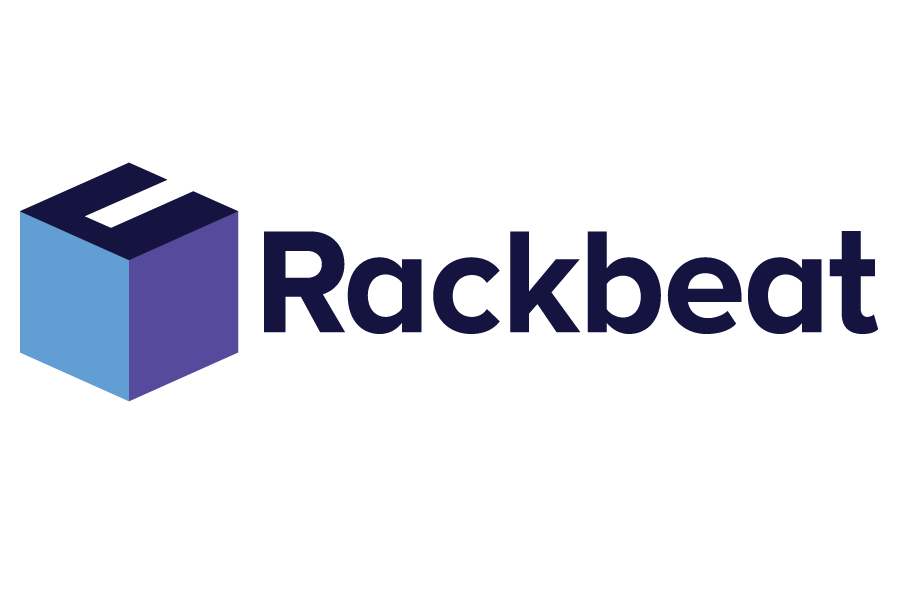Upper Inventory Limit
The upper inventory limit refers to the maximum amount of a specific product that a company strategically decides to keep in stock at any given time. This limit is set to prevent stockpiling, which can lead to increased storage costs and potential losses due to obsolescence or deterioration of goods. The upper inventory limit is used as part of an inventory management strategy to optimize storage costs and reduce the risk of surplus inventory that can tie up unnecessary capital.
Rackbeat May 7, 2024
The Strategic Importance of Upper Inventory Limits in Inventory Management
Setting an upper inventory limit is a critical component when aiming to create as efficient and cost-effective inventory management as possible. This strategic tool helps companies find a balance between having sufficient inventory to meet customer demand while minimizing the financial burdens associated with storage. By defining an upper inventory limit, companies can proactively avoid situations where too much capital is tied up in excess inventory, which could potentially affect the company’s liquidity and overall economic efficiency negatively.
This upper limit is determined based on a variety of variables, which may include predictions about product demand, typical delivery times, production capacity, and the dynamics of the markets in which the company operates. A careful analysis of these factors ensures that the limit is not just a randomly chosen maximum but rather a well-considered decision that supports both the company’s operational and financial objectives.
Implementing an upper inventory limit also helps reduce the risk of obsolescence and write-downs of goods, especially for products with short shelf lives or rapidly changing technological specifications. Furthermore, in an era where sustainability is increasingly focused, effective inventory management helps minimize waste and support more environmentally friendly business practices by ensuring that goods are not overproduced or end up as surplus.
Optimization of Capital Binding and Goods Management in Rackbeat
Although Rackbeat WMS does not allow the direct setting of an upper inventory limit, the option to set a minimum inventory level is offered. This ensures that new goods are only ordered when the inventory reaches this predetermined minimum level. This function is essential to prevent stockpiling of goods that could become obsolete before they are sold. This also helps reduce unnecessary capital binding and minimizes the risk of having an inventory. This approach ensures that companies can maintain a financially healthy inventory that supports both daily operations and long-term business goals.



